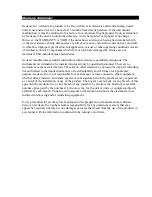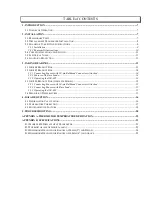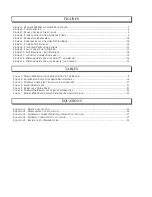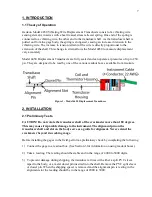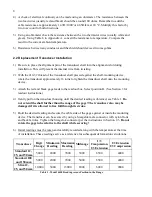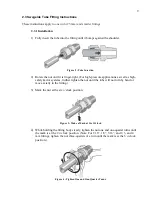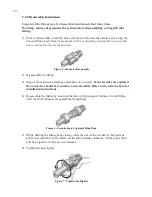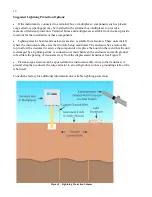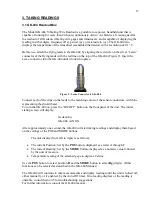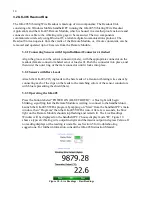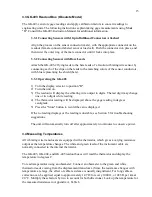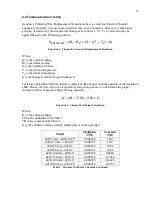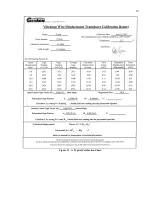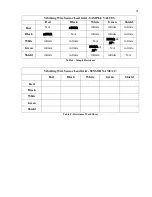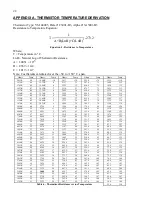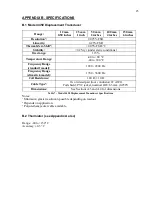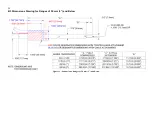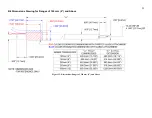
15
3.3 GK-403 Readout Box (Obsolete Model)
The GK-403 can store gage readings and apply calibration factors to convert readings to
engineering units. The following instructions explain taking gage measurements using Mode
"B". Consult the GK-403 Instruction Manual for additional information.
3.3.1 Connecting Sensors with 10-pin Bulkhead Connectors Attached
Align the grooves on the sensor connector (male), with the appropriate connector on the
readout (female connector labeled senor or load cell). Push the connector into place, and
then twist the outer ring of the male connector until it locks into place.
3.3.2 Connecting Sensors with Bare Leads
Attach the GK-403-2 flying leads to the bare leads of a Geokon vibrating wire sensor by
connecting each of the clips on the leads to the matching colors of the sensor conductors,
with blue representing the shield (bare).
3.3.3 Operating the GK-403
1)
Turn the display selector to position "B".
2)
Turn the unit on.
3)
The readout will display the vibrating wire output in digits. The last digit may change
one or two digits while reading.
4)
The thermistor reading will be displayed above the gage reading in degrees
centigrade.
5)
Press the "Store" button to record the value displayed.
If the no reading displays or the reading is unstable, see Section 5 for troubleshooting
suggestions.
The unit will automatically turn off after approximately two minutes to conserve power.
3.4 Measuring Temperatures
All vibrating wire transducers are equipped with a thermistor, which gives a varying resistance
output as the temperature changes. The white and green leads of the instrument cable are
normally connected to the internal thermistor.
The GK-403, GK-404, and GK-405 readout boxes will read the thermistor and display the
temperature in degrees C.
To read temperatures using an ohmmeter: Connect an ohmmeter to the green and white
thermistor leads coming from the displacement transducer. (Since the resistance changes with
temperature are large, the effect of cable resistance is usually insignificant. For long cables a
correction can be applied, equal to approximately 14.7
Ω
for every 1000 ft., or 48.5
Ω
per km at
20 °C. Multiply these factors by two to account for both directions.) Look up the temperature for
the measured resistance in Appendix A, Table 6.
Содержание 4450
Страница 2: ......
Страница 4: ......
Страница 19: ...19 Figure 11 A Typical Calibration Sheet ...
Страница 24: ...24 B 3 Dimensions Drawing for Ranges of 50 mm 2 and Below Figure 12 Dimensions Ranges of 50 mm 2 and Below ...
Страница 25: ...25 B 4 Dimensions Drawing for Ranges of 100 mm 4 and Above Figure 13 Dimensions Ranges of 100 mm 4 and Above ...



